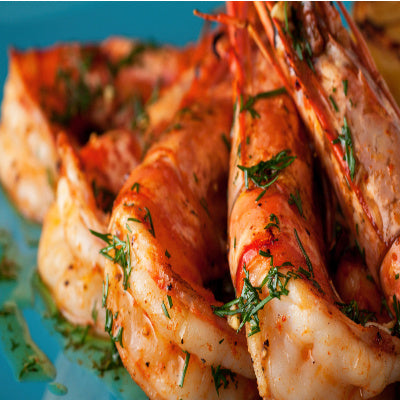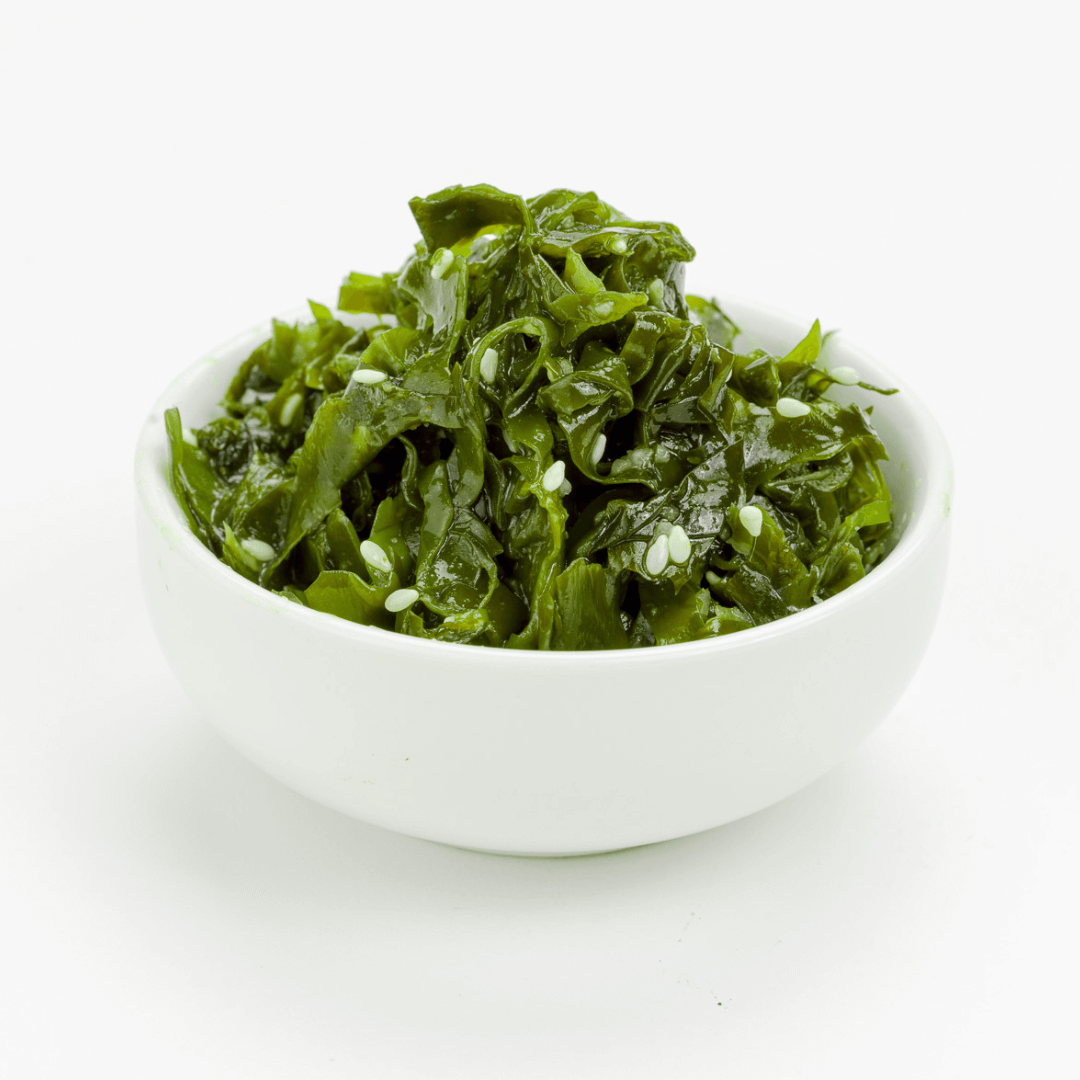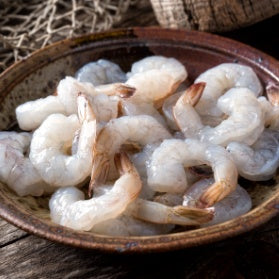Your Cart is Empty
FREE SHIPPING ON ALL ORDERS OVER $125!
FREE SHIPPING ON ALL ORDERS OVER $125!
FREE SHIPPING ON ALL ORDERS OVER $125!
Crab meat is generally split up into “five different categories, which, in descending order of price, are jumbo lump, lump, backfin, special, and claw”.
At North Coast Seafoods, we find it helpful to group our crabmeat into six different types.
Unsure of which one is right for you? Check out our detailed blog post classifying our different types of crab meat, “Culinary Reserve Pasteurized Crab Meat”.
Looking for quick answers? Here’s a quick guide to the different types of crabmeat we sell.
Ever wondered how lump crab meat vs claw meat compares? How about the difference between jumbo lump, super lump, and lump meat? Here’s your quick and easy guide to our 6 main types of crabmeat:


Everything we do at North Coast Seafoods is anchored in long-term relationships —from the fishermen we partner with to Chefs and consumers.
We control every step of the process of getting seafood to you, from harvesting to cutting and packaging to delivery.
We’re a first receiver and processor, meaning there’s no middleman. Just us, you, and the highest quality seafood imaginable. (Did you know that there are no government-mandated inspections for seafood? — So we’ve implemented our own quality standards and assurance processes).
Ready to taste the difference for yourself? Order pure seafood delivered to your door.

Comments will be approved before showing up.



Sign up to receive the best seafood recipes, first access to new products, exclusive discounts and more!
Deborah kaylor
July 07, 2025
Thankyou!